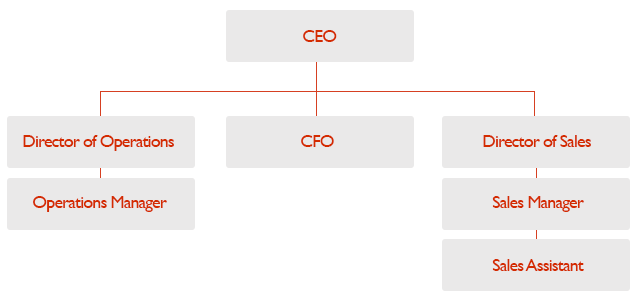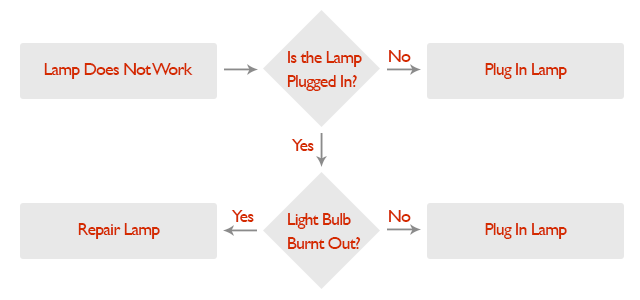In the digital age, the way we share and develop knowledge has been revolutionized. Presentation design is no exception. While a DIY mindset is admirable, there are compelling reasons to seek expert advice for your presentation pitch deck.
At SlideGenius, we specialize in redesigning PowerPoint presentations. Get your free quote today and elevate your presentation to professional standards.
Here are three crucial reasons to hire a PowerPoint specialist:
1. They Can Tell Your Story
Many companies allow their sales associates to design presentations, often leading to inconsistencies in the brand story. Audiences value presentations that consistently reflect the brand’s identity.
Professional Designers: PowerPoint specialists create decks that stay true to your core identity, ensuring your audience receives a coherent message. Mismatched visuals and speech can confuse and disengage your audience. For high-class brands, cluttered slides with poor color choices can damage your credibility. A unified brand story and presentation deck effectively convey your message.
Streamlined Narrative: Struggling to define your company’s narrative? Experienced marketing specialists can refine your brand story to better reflect your core values and identity.
2. They Can Wow Your Audience
PowerPoint specialists deliver eye-catching, engaging presentations that captivate audiences. Their expertise ensures your presentation meets all your needs and more.
Striking Visuals: Whether you need impressive visual design, animated logos, or custom videos, a PowerPoint specialist can create them for you. A design that complements your purpose helps convey your message more effectively.
Engagement: Consistent and uniform content makes your audience feel confident in your knowledge and increases the likelihood of converting interest into positive action.
3. They Can Boost Your Confidence
A well-designed PowerPoint presentation serves as a powerful visual aid. It allows you to focus on delivering your message confidently without worrying about the design.
Increased Trust: A professionally designed pitch deck enhances customer trust and engagement, making your job easier and your goals more achievable.
Efficiency: With a polished presentation, you can focus on other aspects of your service, improving both your product and delivery. This creates a positive feedback loop that starts and ends with excellent service.
Creating an effective presentation involves unifying your brand, core message, and purpose. If your brand deserves the best, you need the expertise of true presentation professionals.
Reach out to SlideGenius and get started on the pitch deck your brand deserves!
References
“3 Reasons Why You Need a PowerPoint Presentation Specialist.” SlideGenius, Inc. August 1, 2013. Accessed May 19, 2015.
“3 Additional Perks of Getting a PowerPoint Presentation Specialist.” SlideGenius, Inc. Accessed May 19, 2015.

